The first quarter global smartphone stats are in and it isn’t even close. 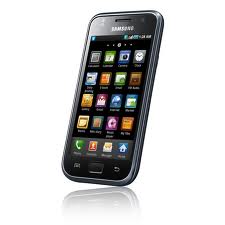 With the market growing more than 40%+, Samsung controls 29% of the
With the market growing more than 40%+, Samsung controls 29% of the 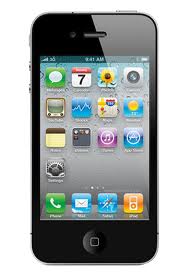 market and Apple 24%. The next largest, Nokia came in 60-70% below the leaders at 8%, followed by RIMM at 7% and HTC at 5%, leaving the scraps (28%) to Sony, Motorola, LG, ZTE. They've all already lost on the scale front; they need to change the playing field.
market and Apple 24%. The next largest, Nokia came in 60-70% below the leaders at 8%, followed by RIMM at 7% and HTC at 5%, leaving the scraps (28%) to Sony, Motorola, LG, ZTE. They've all already lost on the scale front; they need to change the playing field.
While this spread sounds large and improbable, it is not without historical precedent. In 1914, just 6 years after its introduction the Ford Model T commanded 48% market share. Even by 1923 Ford still had 40% market share. 2 years later the price stood at $260, which was 30% of the original model in 1908, and less than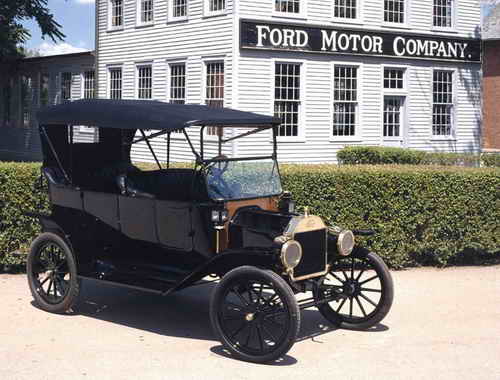 10% what the average car cost in 1908; sounds awfully similar to Moore’s law and the pricing of computer/phone devices over the past 30 years. Also, a read on the Model T's technological and design principles sounds a lot like pages taken out of the book of Apple. Or is it the other way around?
10% what the average car cost in 1908; sounds awfully similar to Moore’s law and the pricing of computer/phone devices over the past 30 years. Also, a read on the Model T's technological and design principles sounds a lot like pages taken out of the book of Apple. Or is it the other way around?
Another similarity was Ford’s insistence on the use of black beginning in 1914. Over the life of the car 30 different variations of black were used! The color limitation was a key ingredient in the low cost as prior to 1914, the company used blue, green, red and grey. Still 30 variations of black (just like Apple’s choice of white and black only and take it or leave it silo-ed product approach) is impressive and is eerily similar to Dutch Master Frans Hals’ use of 27 variations of Black, so inspirational to Van Gogh. Who says we can’t learn from history.
Ford’s commanding lead continued through 1925 even as competitors introduced many new features, designs and colors. Throughout, Ford was the price leader, but when the end came for that strategy it was swift. Within 3 years the company had completely changed 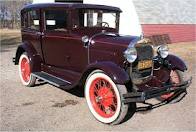 its product philosophy introducing the Model A (with 4 colors and no black) and running up staggering losses in 1927-28 in the process. But the company saw market share rebound from 30% to 45% in the process; something that might have been maintained for a while had not the depression hit.
its product philosophy introducing the Model A (with 4 colors and no black) and running up staggering losses in 1927-28 in the process. But the company saw market share rebound from 30% to 45% in the process; something that might have been maintained for a while had not the depression hit.
The parallels between the smartphone and automobile seem striking. The networks are the roads. The pricing plans are the gasoline. Cars were the essential component for economic advancement in the first half of the 20th century, just as smartphones are the key for economic development in the first half of the 21st century. And now we are finding Samsung as Apple's GM; only the former is taking a page from both GM and Ford's histories. Apple would do well to take note.
So what are the laggards to do to make it an even race? We don’t think Nokia’s strategy of coming out with a different color 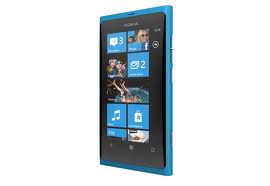 will matter. Nor do we think that more features will matter. Nor do we think it will be about price/cost. So the only answer lies in context; something we have raised in the past on the outlook for the carriers. More to come on how context can be applied to devices. Hint, I said devices, not smartphones. We'll also explore what sets Samsung and Apple apart from the rest of the pack.
will matter. Nor do we think that more features will matter. Nor do we think it will be about price/cost. So the only answer lies in context; something we have raised in the past on the outlook for the carriers. More to come on how context can be applied to devices. Hint, I said devices, not smartphones. We'll also explore what sets Samsung and Apple apart from the rest of the pack.
Related Reading:
Good article on Ford and his maverick ways. Qualities which Jobs possessed.